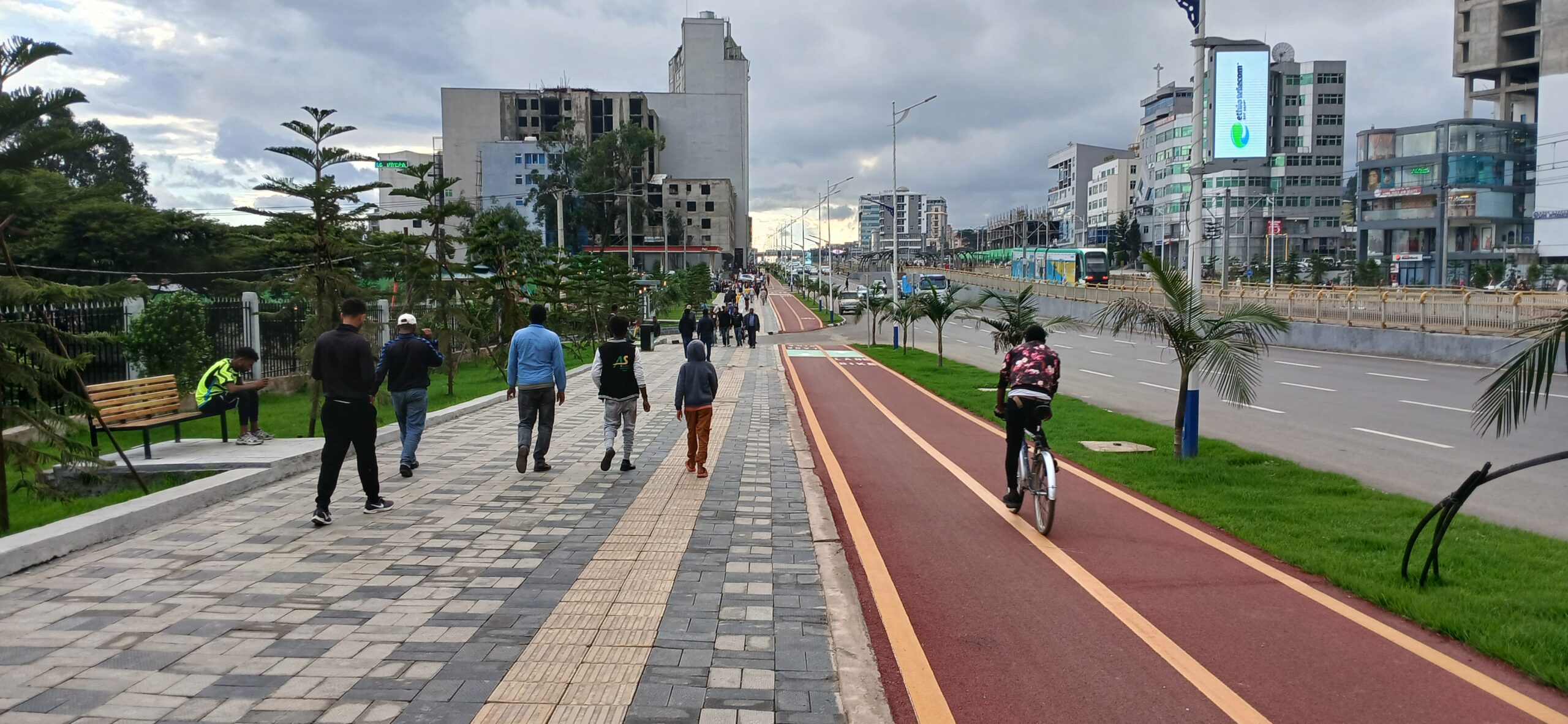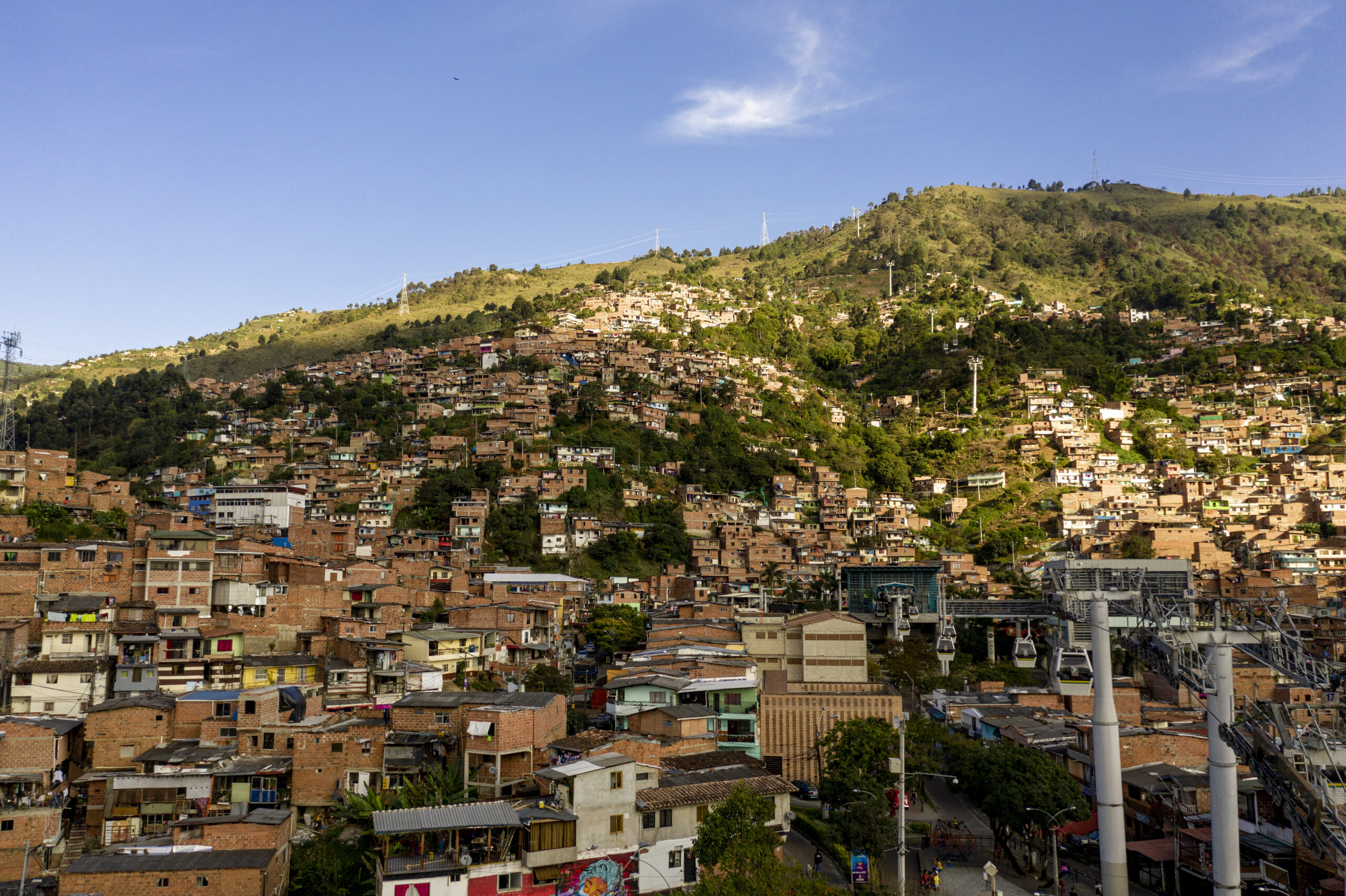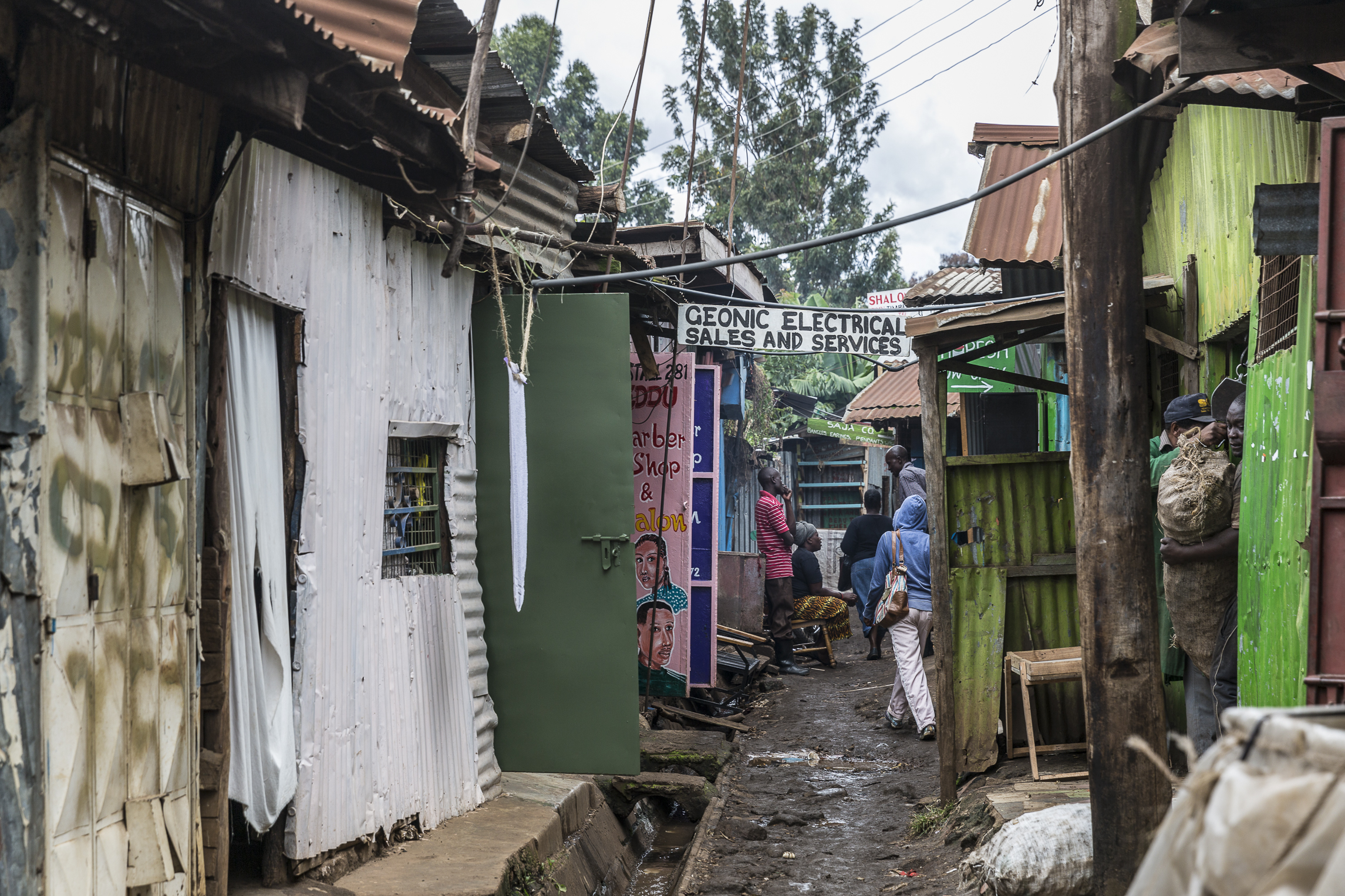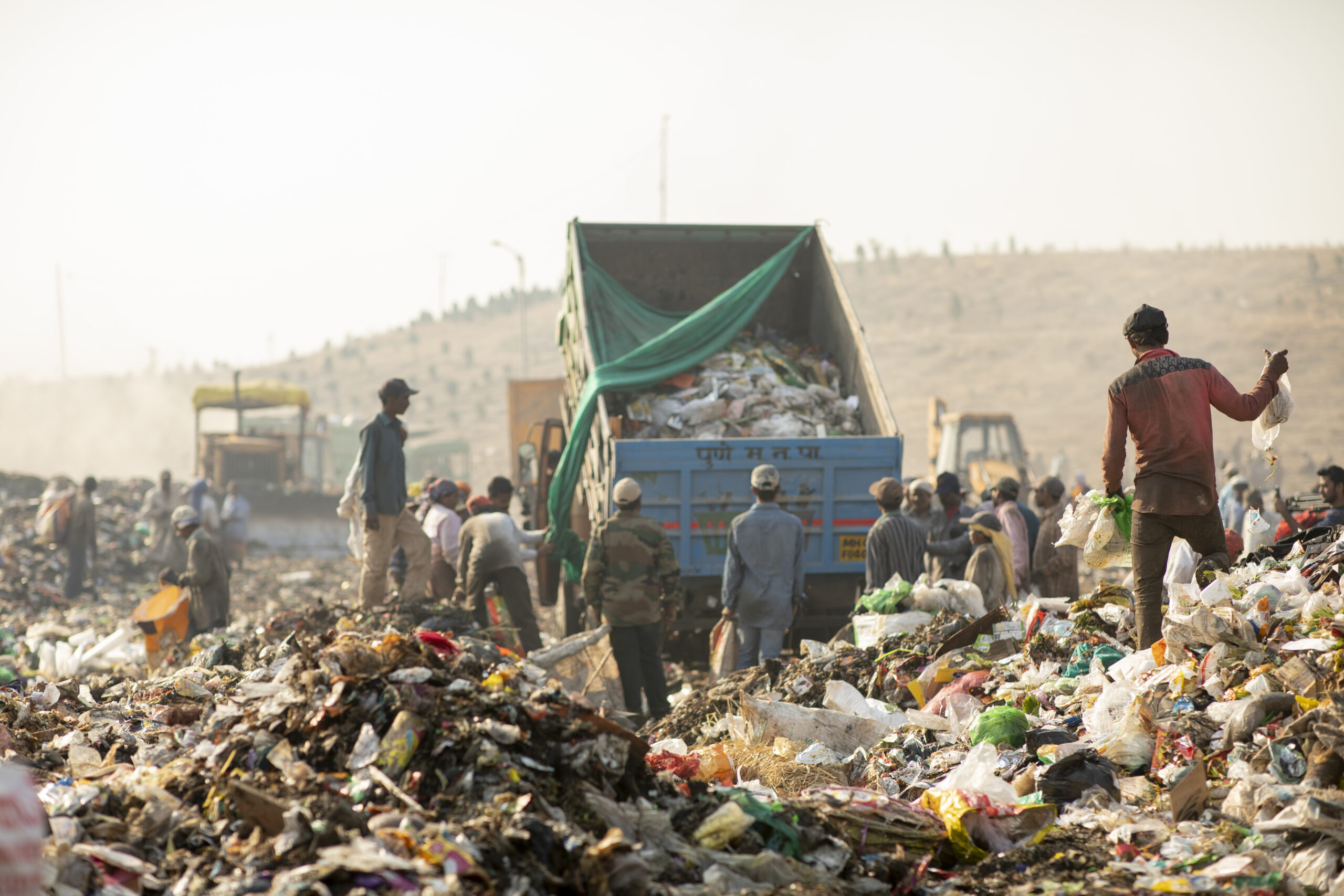
Cities are not just places where people live—they are interconnected networks of people, services and economic activity. A city is a system of systems, bringing together transportation, energy, buildings, water, waste management and more. Transforming these interconnected systems is vital to achieving climate and development goals.
In 2024, summer in the northern hemisphere was the warmest on record, deadly flooding occurred across four continents in a span of a few weeks, and drought in the Amazon left water levels in rivers at an all-time low. These types of climate hazards are amplified for the over 1 billion city dwellers globally who do not have reliable, safe or affordable access to basic everyday services like adequate housing, energy, transportation, water and sanitation. And the impacts of climate change are only expected to worsen: By 2050, over 1.6 billion people in cities could suffer from extreme heat and 800 million people in coastal cities could face the threat of sea-level rise. Cities need more than isolated or sectoral interventions; Cities need systems change: a fundamental shift in how decisions are made, how solutions are scaled and how finance is allocated.

Systems Change Lab identified more than 70 transformational shifts needed to protect both people and the planet, highlighting progress on current actions toward climate, biodiversity and equity targets. The newly launched “Cities system” includes new data and insights on the shifts needed to transform cities, and the enabling factors such as policy and finance, needed to advance action.
The indicators show progress is needed at a faster pace; we are off track to reach many 2030 targets. How do cities get back on track? Below, we explore three shifts needed to transform urban systems and meet climate and development goals.
3 Shifts Needed To Transform Interconnected Urban Systems
1) Utilize urban land-use strategies to reduce emissions and increase climate resilience.
By 2050, urban land area could triple, leading to higher per capita urban greenhouse gas (GHG) emissions and expansion into natural habitats and biodiverse zones. Unplanned and unmanaged urban expansion can lead to sprawling cities, with limited access to services and opportunities for the most vulnerable populations.
However, land-use and spatial planning strategies can help limit urban expansion, improve equitable access to services and opportunities, and make cities more climate resilient. For example, encouraging more compact and mixed land use can help reduce emissions and improve air quality by shifting people away from cars to public transit or non-motorized transport modes such as biking or walking.

One of Systems Change Lab’s indicators related to this shift tracks land consumption per person, measuring how much land is used by each inhabitant of the city. Between 2000 and 2020, land consumption per person has increased. While there is no global target for land consumption per person, ideally, it will decrease or at least remain level for more sustainable growth, so we are headed in the wrong direction. However, we are seeing positive progress on other indicators related to this shift. Systems Change Lab’s indicator tracking annual concentrations of fine particulate matter (PM 2.5) in urban areas shows a decline every year since 2013, meaning we are headed in the right direction.
2) Increase access to resilient and affordable urban services and infrastructure.
The inequality of access to basic services and infrastructure in cities, known as the urban services divide, creates significant challenges and burdens for vulnerable communities, such as additional time and money required to meet basic needs. Vulnerable urban populations are also exposed to more climate risks like extreme heat and flooding. In addition, by 2050, more than 216 million climate migrants are estimated to relocate due to climate impacts to cities within their country, mainly to informal settlements that already lack access to basic services.

Systems Change Lab’s indicators related to this shift track access to public transportation, sanitation, clean cooking, electricity and drinking water, and show that we are well off track to reach 2030 goals laid out in the Sustainable Development Goals. For example, in order to achieve access to water and sanitation for all by 2030, progress needs to move 10 times faster in urban areas and to achieve access to clean and reliable electricity for all by 2030, the pace of change needs to nearly double and progress needs to be 1.8 times faster in urban areas.
3) Improve urban waste management and transition to zero-waste cities.

Urban areas generate over 2.1 billion tons of waste annually and this number is projected to increase to 3.8 billion tons by 2050. In low- and middle-income countries, over 90% of solid waste is disposed of improperly, which causes land and water pollution and methane emissions. Shifting to zero-waste cities will require minimizing waste generation, improving recycling systems and implementing waste-to-energy projects to capture methane emissions created by landfills. These shifts will provide benefits at the regional and local level through cleaner streets, reduced pollution and elimination of harmful impacts caused by methane emissions.
There is insufficient data on waste for many Systems Change Lab’s indicators related to this shift, such as inorganic municipal waste and estimated volume of safely disposed wastewater, highlighting the importance of continued research and data collection in this area.
A Platform for Action
With the need for rapid change, tracking and monitoring progress is more important than ever. The data and insights in Systems Change Lab’s Cities system provide a critical resource for decision-makers, urban planners, researchers and civil society leaders to make evidence-based decisions on how to grow and manage cities across the world. Systems Change Lab’s Cities system also points out the important data gaps that need investment—indicators that need to be tracked but currently lack reliable, comprehensive, up-to-date data to do so.
However, Systems Change Lab is not just a platform for monitoring—it’s a platform for action. By contributing data and analysis, it can help a wide range of actors prioritize actions that transform urban systems and scale those solutions to meet global and national climate and development goals. Progress in cities is also highly connected to progress in other systems, such as transport, buildings and finance. WRI’s indicators show that there has been some progress, but we need to move faster, leveraging the power of cities to create more equitable, sustainable and climate-resilient futures for all.
Maeve Weston is Research and Engagement Manager at WRI Ross Center for Sustainable Cities.








